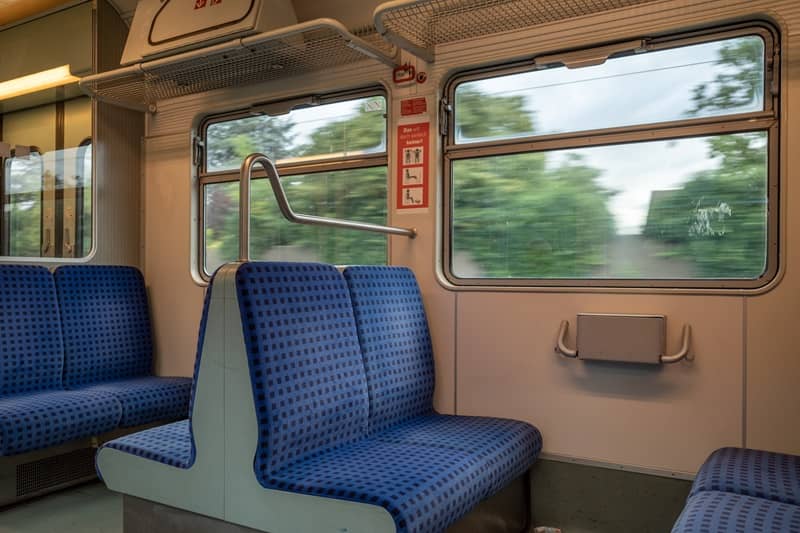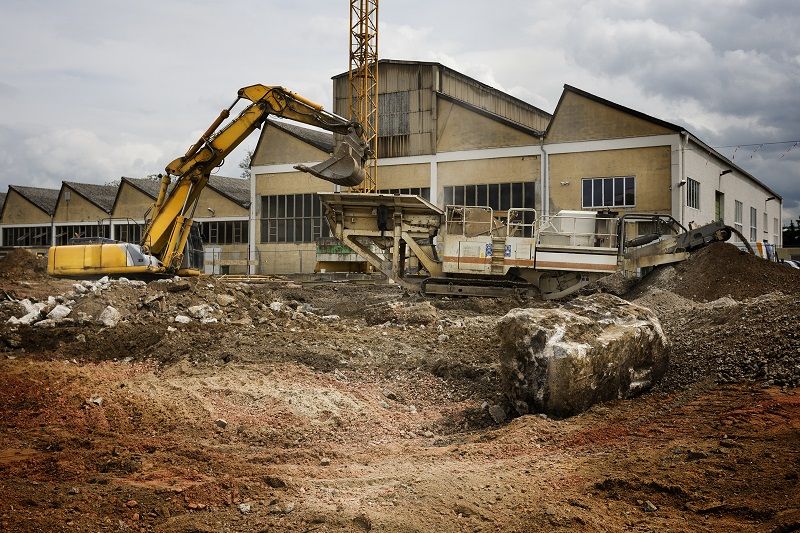By Randal O’Toole
Executive Summary
U.S. taxpayers spend tens of billions of dollars a year subsidizing housing for low-income households. Previous researchers have shown that subsidized housing costs about 20 percent more per square foot than unsubsidized homes; that developers capture most of the benefits of such subsidies; and that affordable housing does little to make overall housing more affordable because the construction of new subsidized dwellings displaces almost as many new unsubsidized homes.
All these problems have gotten far worse in the last two decades thanks to a planning ideology that says that more people should live in high-density housing. Less than 60 years ago, housing was affordable throughout the United States. Since then, state and local governments in the Pacific Coast states, Colorado, the Northeast, and a few other places have made housing expensive by limiting the land available for new homes using urban-growth boundaries and other policies collectively known as growth management.
The resulting increases in housing prices have led politicians to increase spending on affordable housing subsidies. Yet such subsidies do nothing to make overall housing prices more affordable and, depending on how affordable housing funds are raised, can even make housing less affordable.
Most Americans prefer or aspire to live in single-family homes as opposed to multifamily apartments, which have less privacy and are more vulnerable to crime, even if the costs were the same. Yet the dense, mid-rise and high-rise housing that planners want to see costs at least twice as much, per square foot, to build as low-rise buildings.
To promote such denser development, many cities have convinced the state and local agencies passing out affordable housing funds to primarily favor this kind of housing. Whereas most affordable housing built in the late 1980s and early 1990s was low-rise housing, since the mid-1990s affordable housing projects in Denver, Portland, and Seattle have increasingly focused on mid-rise and high-rise housing. Affordable housing developers mitigate the high costs of such housing partly by dividing buildings into tiny apartments, sometimes as small as 260 square feet and rarely as large as 1,000 square feet.
This raises serious issues of equity and social justice. Why should affordable housing funds be used to promote this ideology when a more sensible use of such funds could see twice as many housing units built for the same amount of money? Why should low-income people be consigned to live in cramped apartments when most other Americans get to live in single-family homes that cost less per square foot? Why should low-income people be expected to ride transit and discouraged from driving cars when automobility would give them access to far more jobs and economic opportunities than even the best transit systems?
This paper also shows that affordable housing funds has led to the creation of an Affordable Housing Industrial Complex, whose public face is non-profit groups that are guaranteed a share of the funds. These non-profits lend an aura of altruism to the system when in fact they are anything but altruistic as they charge millions of dollars in fees for each project and pay many of their employees well over $150,000 a year. Yet when rising housing prices reach crisis levels, these non-profits become the face of the unhoused and they promote “solutions” that primarily benefit the developers (including themselves), not people who need housing to be more affordable.
Instead of wasting money on high-cost housing, project-based affordable housing funds should be abandoned in favor of tenant-based voucher subsidies. Meanwhile, Oregon and other states should make housing markets more affordable by abolishing urban-growth boundaries and other rural restrictions on housing developments.
Randal O’Toole is a land-use and transportation policy analyst and director of the Oregon-based Thoreau Institute. He is the author of several books including American Nightmare: How Government Undermines the Dream of Homeownership. In addition to working with state-based think tanks such as Cascade Policy Institute, he has had fellowships or visiting professorships at Yale, the University of California at Berkeley, and Utah State University.












